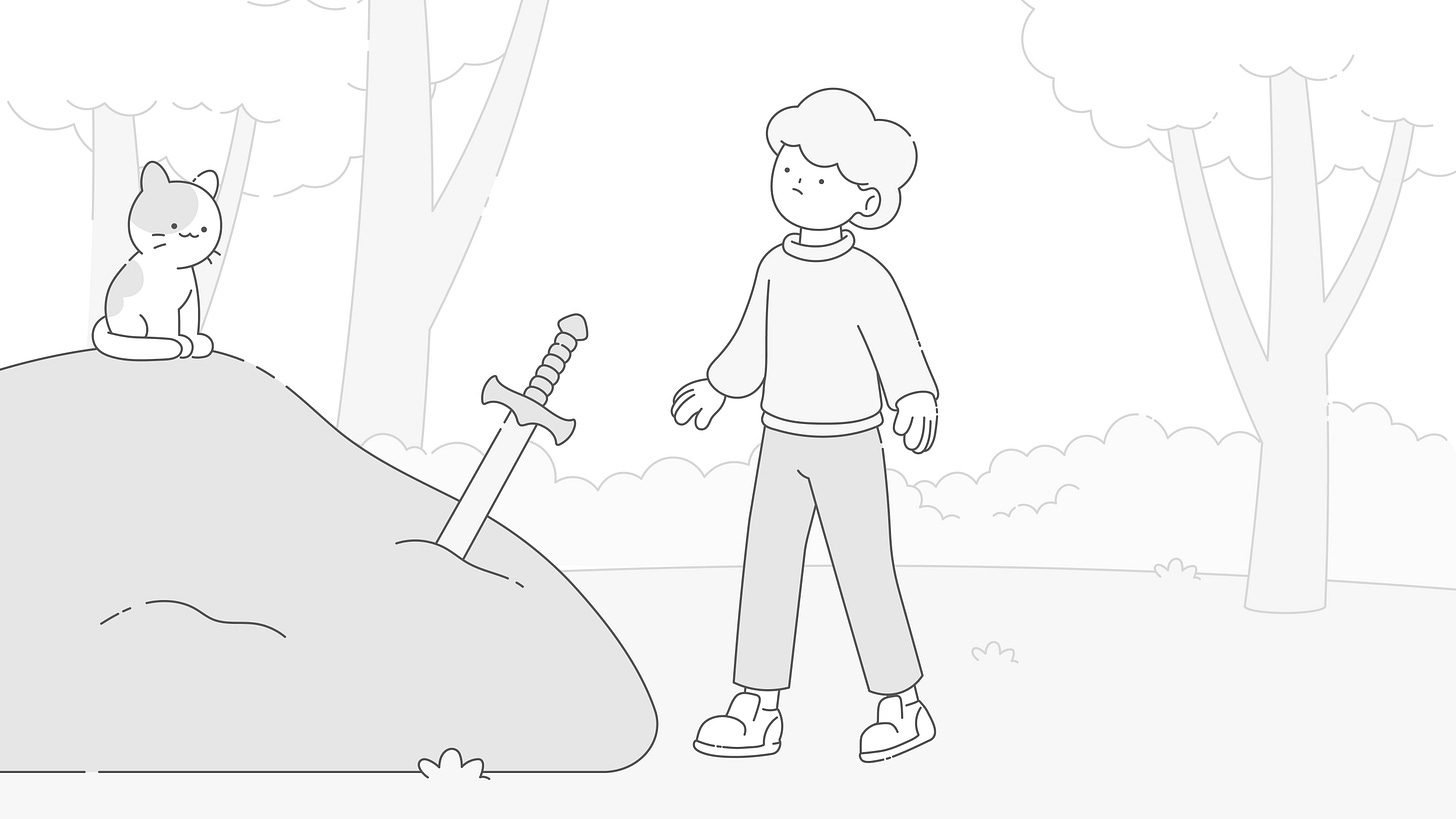We’re still deep in discussion about characters.
Using flaws to enrich your characters is an art. Today, here’s a twist that can take an average character and make it magnificent:
Make your character’s greatest strength their downfall—and their flaw, the key to their growth.
When you use this technique, it adds layers to your character arc that readers can’t get enough of.
The Double-Edged Sword
Every strength has a dark side.
Confidence can become arrogance.
Loyalty can become blind obedience.
Independence can become isolation.
Empathy and compassion can become self-erasure.
These aren’t contradictions—they’re natural extensions.
So instead of giving your character a flaw that feels tacked on, try taking their best trait, and slowly drive it to extremes… until it bites them right in the—um, heart.
Then you’ve got tension, irony, and emotional realism all in one.
And Then Flip the Script
Here’s the other half of this twist:
Take your character’s flaw—and show how it’s also a hidden strength.
That stubbornness that drives everyone crazy? Maybe it’s also the reason they don’t give up when everything falls apart.
That tendency to distrust? Maybe it’s what makes them the only one capable of seeing through a corrupt person’s mask.
It’s not about justifying the flaw. It’s about letting it evolve—from problem to power.
A Quick Example
Say you’re writing a fantasy novel, and your main character, Kael, is fearless. He charges into danger, leads rebellions, and speaks truth to power.
His fearlessness is encouraged and fanned by every victory… until it becomes recklessness that gets his entire team captured.
But here’s the twist: Kael also has a flaw he tries to hide—he doubts his worth. Deep down, he believes he’s only valuable if he’s the bravest guy in the room.
That insecurity can now evolve into humility, patience, and trust in others. And that’s the moment he grows.
By the end, he’s still bold—but also freshly wise.
And the reader? They’re hooked.
A Little Prompt to Play With
Take your protagonist’s core strength. Ask: “What’s the worst thing that could happen if this goes too far?”
Now take their (or another character’s) biggest flaw. Ask: “How could this trait become useful—or even heroic—in the right situation?”
If you can answer both, you’ve got a character who’s not just three-dimensional… they’re human.
If this post hit something true for you, hit the ❤️ and share it with your writing circle.
Let’s keep crafting characters that surprise us—even as they fall apart and put themselves back together.
Until next time,
Tal Kilim



